In the CARE Operations Trailer


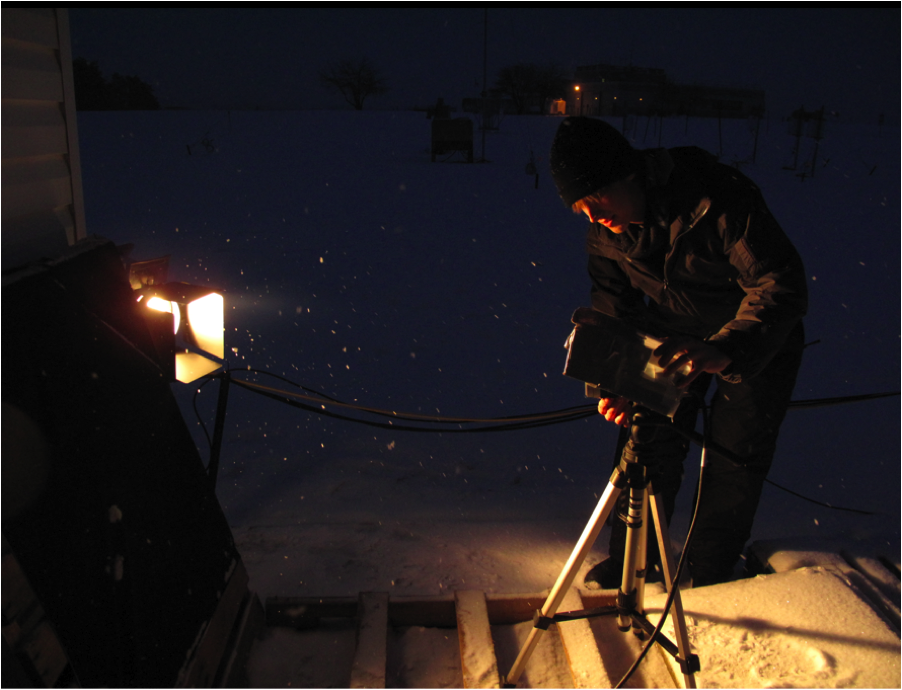
GPM Deputy Project Scientist Gail Skofronick-Jackson discusses GPM's snowfall measurement capabilities and the challenges of measuring snow.
Video Text:
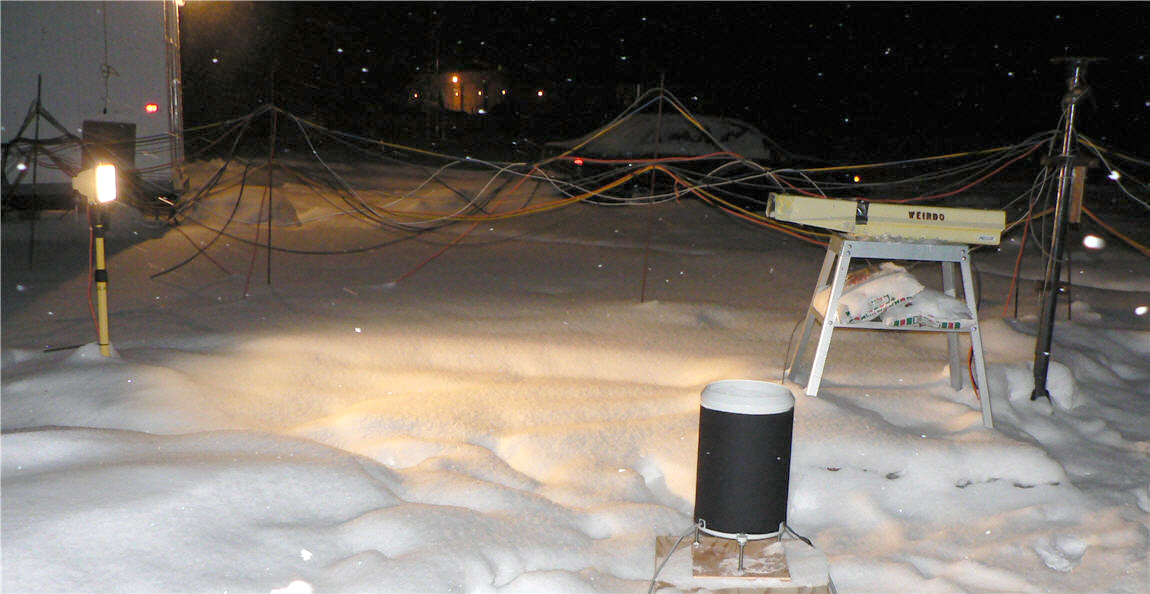
The SVI is also being used during the GCPEx field campaign.
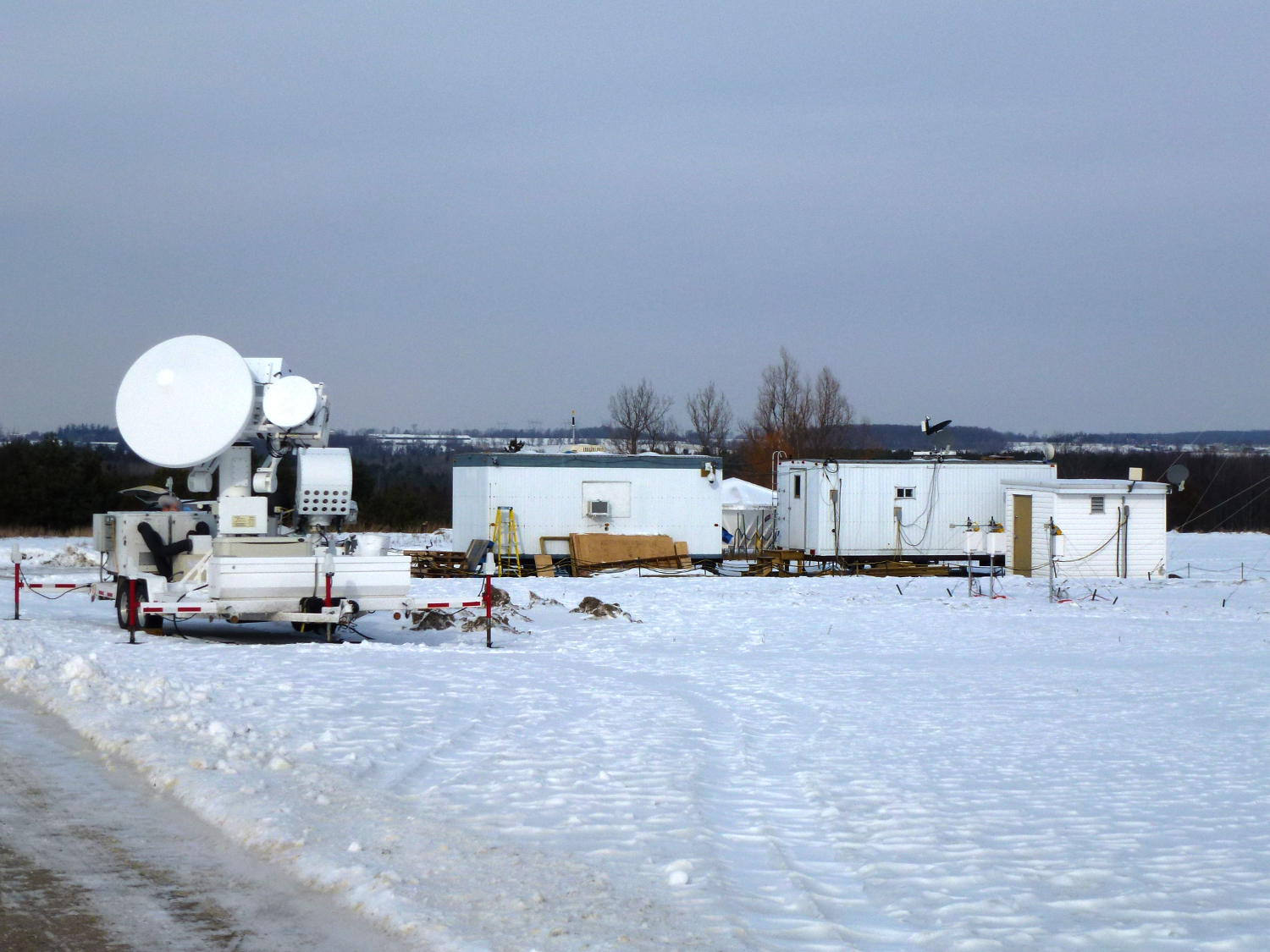
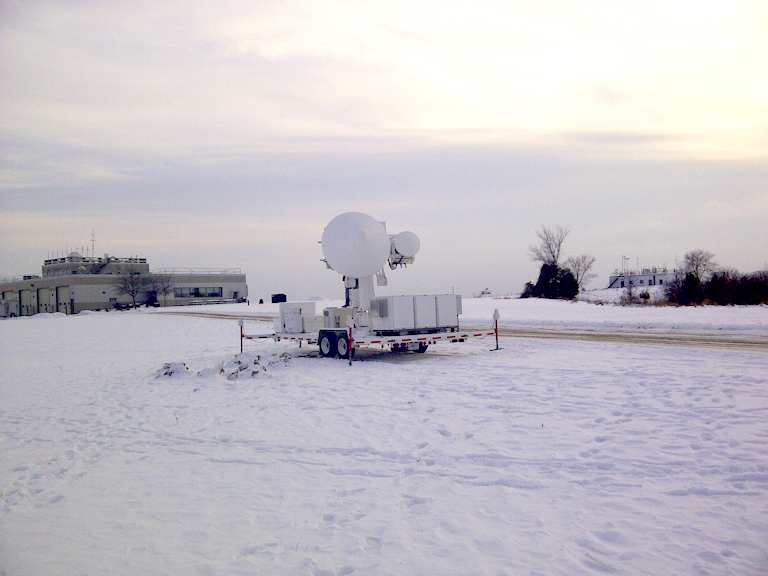
This radar scans the air column for snow falling from the
clouds to the ground. It uses two frequencies that together can determine
the shape and size of snowflakes, and the distribution of those sizes
throughout the clouds and snowing area.
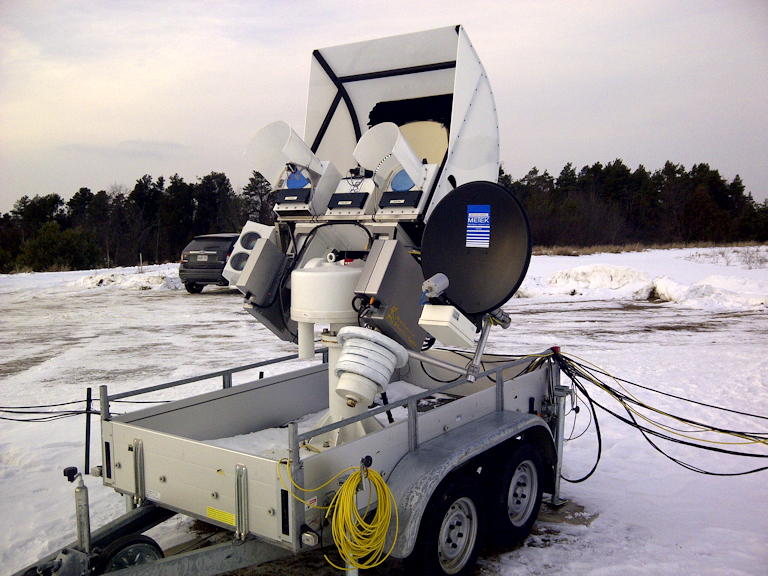
This instrument measures microwaves that are naturally emitted from Earth's surface to determine water vapor and cloud and liquid water in the air column.